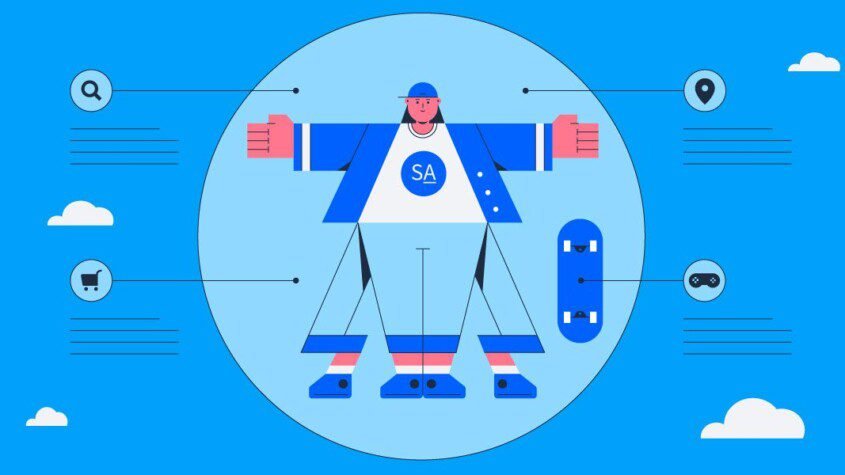
1st-Party CRM Data: The What, Why and How
When running programmatic campaigns, using audience data effectively is paramount to finding success. For advertisers, this comes down to building and managing a strategically successful funnel for audience targeting.
In our previous blog post, we discussed using 3rd-party audiences to run awareness campaigns and build a retargeting pool. In this post, we will explore 1st-party data capabilities and how and why you should leverage 1st-party CRM data to amplify your campaigns.
The Distinction: 3rd-Party Audiences vs. 1st-Party Audiences
Before diving deeper into 1st-party audiences, it’s important to understand not only the difference between 3rd-party and 1st-party, but also how it is collected and used.
3rd-Party Data: 3rd-party audiences are highly curated data sets, built out by an external source and available for purchase through a Demand-Side Platform (DSP). This data allows you to target in a way that takes advantage of useful and more general audience characteristics, like gender, age, or geo — just to name a few. As a top-funnel tactic, this is valuable for running awareness campaigns and getting your message out to a wider audience.
1st-Party Data: 1st-party audiences are proprietary to you. As a marketer, you’ve run a lot of campaigns and, as a result, collected a plethora of customer data. This data can be comprised of:
- Data from actions taken across your website and/or app
- Data in your CRM
- Data from your subscription-based emails/newsletters
- Data from surveys
- Data from your point of sale terminals
This data can be considered quite reliable, as it represents the people you have the most to learn from: your audience. It is great for making predictions and forecasting future behavioural trends — not to mention leveraging for lookalike audiences.
Why Data from your CRM is so Valuable
First-party audiences that are comprised of site visits and site conversions are ideal for retargeting campaigns, because they capture visitors that have shown interest in your brand and product. That said, 1st-party audiences built from a CRM list are even more valuable because of the additional customer information that they come with. Data that can be retrieved from a CRM list are used to build and segment your audience based on specific actions, and not just page visits. You can decipher which audiences are interested in specific products, when they first became a customer and for how long they have been one. These details allow you to build campaigns that are specifically catered to the nuanced needs of these customers.
Selecting the Right Audience: Consider your Campaign Goal
Although second nature, you need clear objectives around your campaign goals, especially when selecting which audience to choose. How do you want to engage with your customers online? The answer to this question will lead you to the data that you have collected and whether it can be, and where it will best be leveraged in your funnel.
The Power of 1st-Party Data
Because 1st-party data reveals important information on audience behaviours, traits, preferences, and interests, the data can be effectively used as a bottom-funnel tactic to generate further conversions.
Once a customer has converted online, this data can be uploaded into your DSP, and leveraged for campaigns with the following tactics:
- CRM Retargeting: Use CRM data to push complementary products. For example: a smartphone case for a recent smartphone purchase, or matching gloves for the recent purchase of a coat or hat.
- Suppression Lists: If a visitor has already performed a conversion online, they can be omitted from further targeting to ensure that ad spend goes towards building new leads, instead of serving old ones.
- Lookalike Modelling: Use your CRM data as a seed to build out lookalike audiences.

















